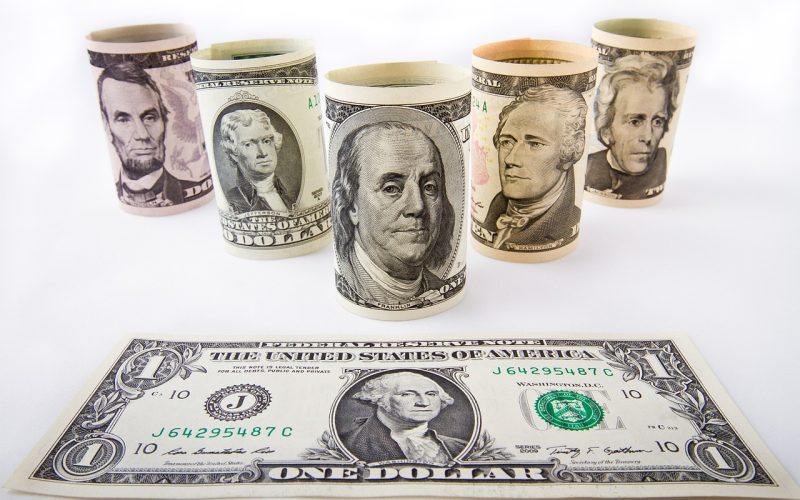Understanding Market Fluctuations: Factors Contributing to the Drop in Gold Prices
Gold prices are subject to market fluctuations influenced by a variety of factors. One key factor that plays a significant role in the movement of gold prices is the strength of the U.S. dollar. In this article, we will explore the relationship between gold prices and the U.S. dollar, shedding light on the market dynamics that contribute to the drop in gold prices.
The Inverse Relationship between Gold and the U.S. Dollar
Gold and the U.S. dollar often exhibit an inverse relationship, meaning that when the U.S. dollar strengthens, gold prices tend to decline. This inverse relationship is driven by several factors:
1. Safe-Haven Appeal
Gold is commonly perceived as a safe-haven asset, particularly during times of economic uncertainty or geopolitical unrest. Investors tend to flock to gold as a store of value and a hedge against inflation or currency devaluation. When the U.S. dollar strengthens and investor confidence in the currency increases, the safe-haven appeal of gold diminishes, leading to a decrease in demand and a subsequent drop in gold prices.
2. Currency Denomination
Gold is globally traded in U.S. dollars, making the strength or weakness of the U.S. currency a crucial determinant of gold prices. When the U.S. dollar gains strength, it takes fewer dollars to purchase an ounce of gold, making gold relatively more affordable for international buyers. This increased affordability stimulates higher demand for gold, driving its price up. Conversely, when the U.S. dollar strengthens, it takes more dollars to purchase an ounce of gold, reducing its attractiveness and causing prices to drop.
3. Interest Rates and Bond Yields
Interest rates and bond yields significantly impact the value of the U.S. dollar and subsequently affect gold prices. When interest rates rise, investors are inclined to seek higher returns from fixed-income investments such as bonds. This increased demand for the U.S. dollar strengthens the currency and exerts downward pressure on gold prices. Conversely, when interest rates decline, investors may seek alternative investments, including gold, leading to increased demand and upward pressure on prices.
4. Economic Outlook and Sentiment
The overall economic outlook and market sentiment also contribute to the relationship between gold prices and the U.S. dollar. During periods of economic prosperity and optimism about future growth, investors may favor riskier assets over safe-haven options like gold. This shift in investor sentiment can result in a drop in gold prices as demand subsides. Conversely, during times of economic uncertainty or market volatility, investors often turn to the stability and security offered by gold, driving up demand and prices.
Conclusion
Market fluctuations in gold prices are influenced by a complex interplay of various factors, with the strength of the U.S. dollar being a significant determinant. The safe-haven appeal of gold, the currency denomination, interest rates, and economic outlook all contribute to the inverse relationship between gold prices and the U.S. dollar. As market participants closely monitor these factors, they can gain insights into potential trends and movements in gold prices. However, it is important to note that the relationship between gold prices and the U.S. dollar can be influenced by additional factors, such as global economic conditions, geopolitical events, and central bank policies.












